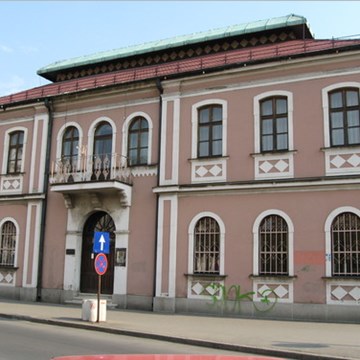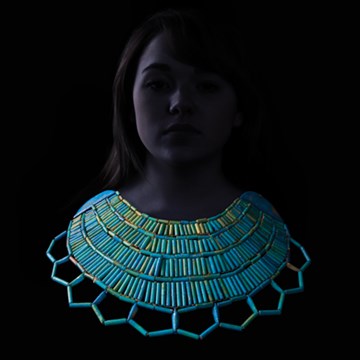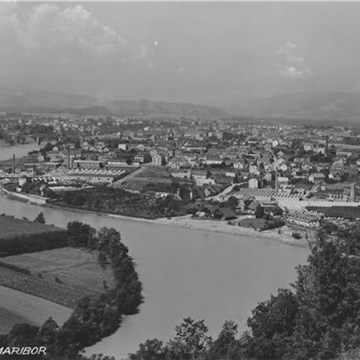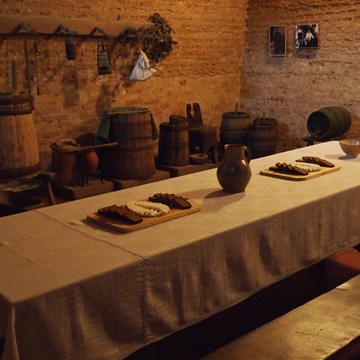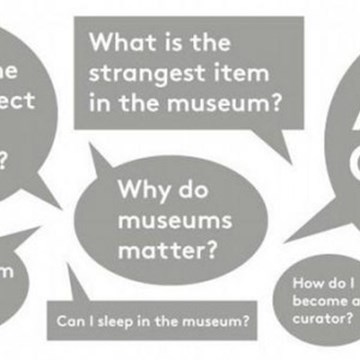William Morris Gallery
The William Morris Gallery is housed in a Georgian house, built in the 1740s and set in Lloyd Park in Walthamstow, in north-east London. The grade II* listed building was Morris's family home from 1848 to 1856. The only public Gallery devoted to William Morris, it reopened in August 2012 following a major redevelopment.
From 1848 to 1856, the house was the family home of William Morris (1834-1896), the designer, craftsman, writer, conservationist and socialist. Morris lived here with his widowed mother and his eight brothers and sisters from the age of fourteen until he was twenty-two.
The building is a fine example of Georgian domestic architecture dating from about 1744 (the date scratched on a brick found in the upper east wall). Records indicate that there was a house on the site – or perhaps on the moated ‘island’ to the rear of the present house – as far back as the fifteenth century. The existing house was variously known in its earlier history as The Winns or Water House, the latter name deriving from the ornamental moat in the gardens at the back of the house.
The William Morris Gallery collection comprises over 10,000 objects and is uniquely placed to tell the story of the life and work of Morris and his artistic circle. Holdings include original designs, textiles, wallpapers, furniture, stained glass, ceramics, metalwork, books and archival materials as well as personal items, such as his coffee cup and satchel. They offer a comprehensive view of the varied aspects of Morris’s career – as a poet, designer, craftsman, retailer and social activist. His closest collaborators, including Edward Burne-Jones, Dante Gabriel Rossetti and Philip Webb are also well-represented.
In addition to the Morris holdings, the Gallery owns a wide-ranging collection of Arts and Crafts material. This includes significant works by Arthur Heygate Mackmurdo and the Century Guild, William De Morgan, Walter Crane, May Morris, George Jack and Christopher Whall to name but a few.
The artist Frank Brangwyn (1867-1956) is also well-represented. Brangwyn served a brief apprenticeship with Morris & Co as a young man and was one of the Gallery’s major early benefactors. With the encouragement of local artist, Walter Spradbery, Brangwyn donated a wide selection of his own work, including prints, oils, furniture, ceramics and designs for interior decorative schemes. He also gifted a fine art collection of works by the Pre-Raphaelites and other 19th and early 20th century British and Continental artists.
Exhibitions and events
We don't have anything to show you here.
Educational programs
We don't have anything to show you here.
Collections
We don't have anything to show you here.






